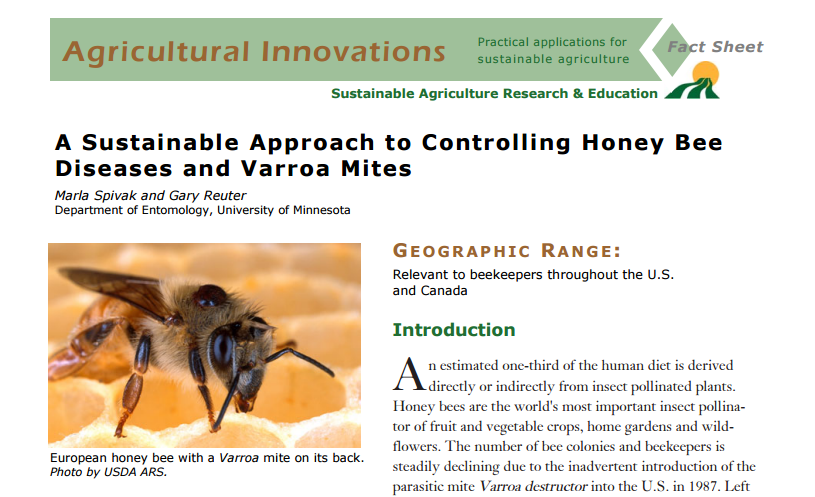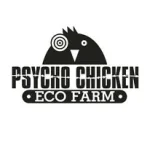We’ve got one hive with a queen that’s not nearly as strong as we’d like–spotty brood pattern, no VHS traits, progeny susceptible to deformed wing virus, etc… Sticking with our chemical free, strong genetics, beekeeping plan we’ve started rearing queens from our strongest hive to replace her, and get a few nuc’s going to over-winter for making new colonies next spring.
Our strongest hive sits right next door to our weakest one, yet it shows no signs of disease or mites! So we didn’t even bother to test for hygienic behavior in those bees, we just know, ‘it’s the one’.
Here’s what we did:
Pulled four frames from the strongest hive. These frames primarily contained (in order from the entrance of the top bar hive):
- Honey, Nectar, Pollen
- Eggs, very young larvae
- Sealed Brood
- Honey, Nectar
To encourage the workers to make larger queen cells in convenient locations, the bottom edge of cells containing eggs in three areas near the bottom of the ‘egg and larvae’ comb were ‘pulled down’ to make building larger queen cells easier for the workers. The workers only chose to use one of these locations, but built ’emergency queen cells’ in other locations of the comb as well, interestingly, grouped together (see below)…
One week later we had a frame with eight capped queen cells and two uncapped.

On day eleven, just to be safe, we’ll pull some of the extra queen cells and put them in mating nuc’s, cross our fingers and hope the new queens ‘get lucky’ with some regional drones with hygienic traits.
For all the images from this starter nuc, and of the other combs from our other hives, see the photo albums linked from our google+ page





